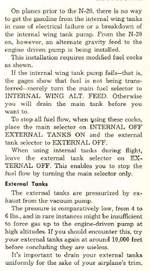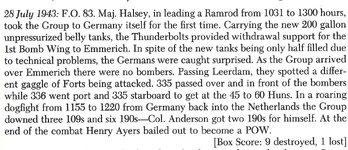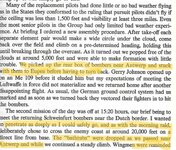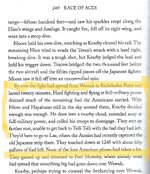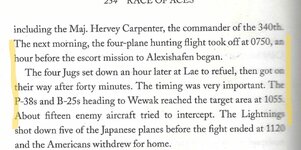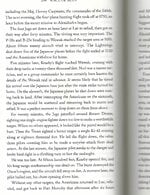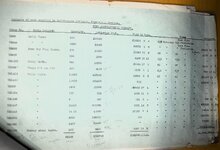Nobody knew what they were going to run into in late 1942 and early 1943 and the US Army was not happy with the P-39 and P-40. They were buying and issuing them because they didn't have enough P-38s and P-47s.
They (AAC/AAF) knew by early 1942 that the war is a global one, and that more fuel is needed. A reason why the fuel system from the P-47B was upgraded with the external tank facility for the P-47C and further. My suggestion is that wing racks are added 1st, and the belly rack can be added later.
BTW - a contraption with two 75 or 108 gal tanks in the belly position, like what Malta Spitfires used (but here 2x 44/45 gal types) in 1942 might've been useful until the proper wing tank installation is had. Photos are in the book about Spitfire by Morgan & Shacklady.

